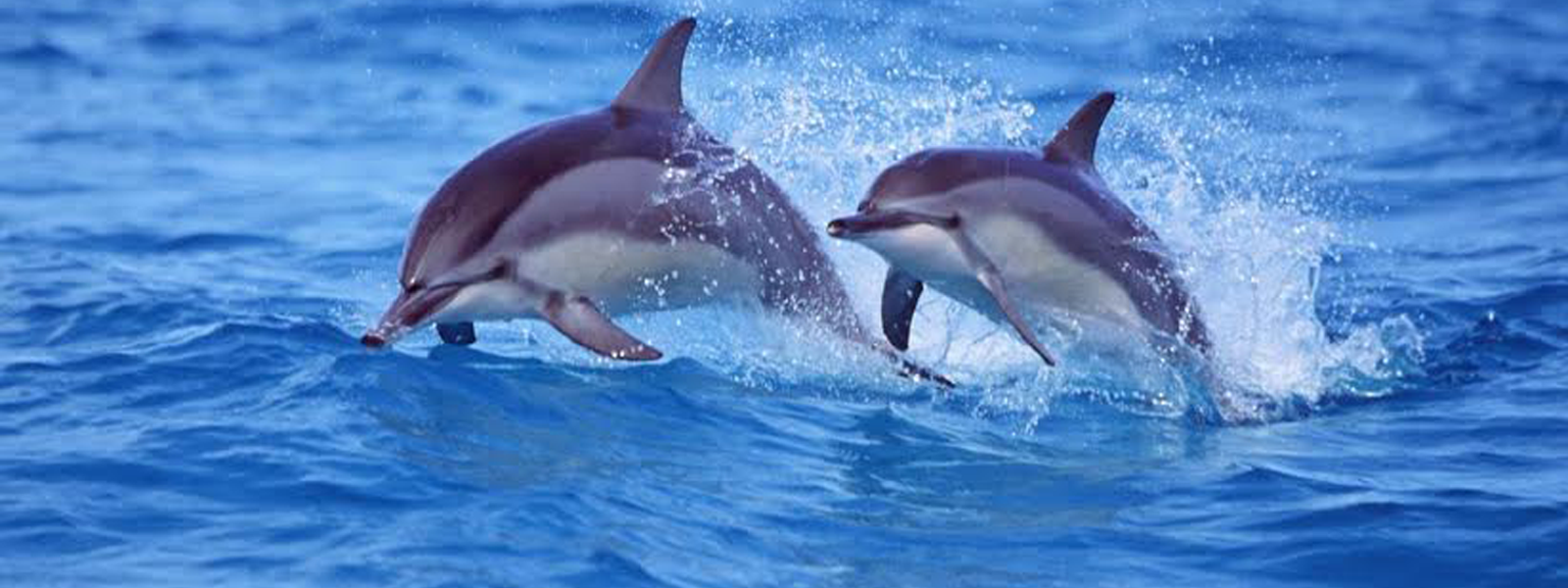

Orca mother Talequah has let her deceased daughter go, after 17 days and approximately 1,000 miles. Millions followed her sad plight on television and social media. She kept her dead baby at the surface, as if hoping she would come back to life. Now, she has ended her period of mourning. But the family’s troubles are far from over.
Talequah has been observed “frolicking” through the waters, looking full of vigour and good health, according to Ken Balcomb of the Center for Whale Research. This is certainly cause for celebration. Her tour of grief incited an outpouring of sympathy from around the world, but locals and conservationists are still hoping to turn that sympathy into concrete political action.
This is happening to a certain extent. The Whale Sanctuary Project has been providing updates on efforts by the Lummi Nation and NOAA to deliver food and medicine to Scarlet, a young female family member who’s taken ill recently. Experts fear she has an infection and is experiencing food deprivation, likely due to anthropogenic causes which have long been at the center of the Southern Resident’s problems.
Plummeting levels of Chinook salmon—the southern residents’ main food source —is what many view as being the primary factor behind the whales’ decline. Because of high levels of toxins in the environment, which get stored in orca fat, when food is scarce, orcas utilize the fat which results in a burst of toxins in their bloodstream. Chinook populations have dropped so dramatically that, in May of this year, the Canadian federal government announced a cut to the allowable catch of salmon by 25 to 35 per cent, and last year it released 220,000 young hatchery salmon into the ocean in the hopes of feeding the Southern Residents.
Yet many are calling for more drastic measures, which could solve the issue on a more permanent, ongoing basis: by breaching the Snake River dams. These structures are currently keeping Chinook population levels down by constraining their spawning habitat and runs. Last week, we asked you to submit comments to the Orca Recovery Task Force to ask for the immediate breeching of the dams. Unfortunately, this decision was not taken during the Task Force’s recent meeting. A report is expected from the Task Force in October.
It remains to be seen how this orca family will recover, and how humans will respond to their state. The world continues to watch, wait, and hope.